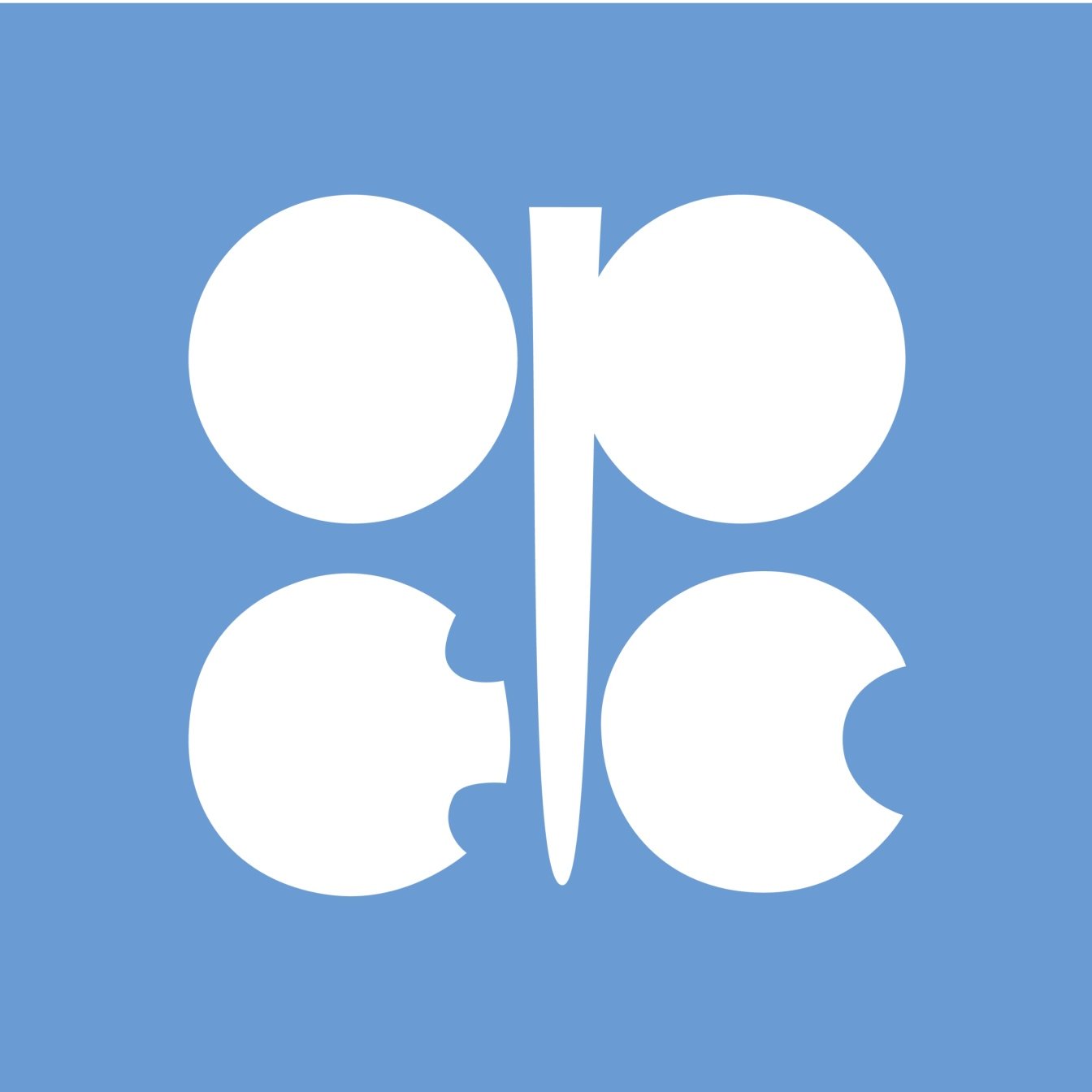
In its Monthly Oil Market Report for May, released Friday morning, the Organization of the Petroleum Exporting Countries (OPEC) noted that the cartel’s price for its reference basket rose by more than 9%, a third consecutive month of rising prices. The price is now 40% higher than it was at the beginning of 2016.
Global demand growth for 2016 remained unchanged from last month’s report at around 1.2 million barrels per day, or a daily average of 94.18 million barrels. In 2015 demand growth averaged 1.54 million barrels a day, for a daily average of 92.98 million barrels according to OPEC.
The cartel revised its estimate of non-OPEC supply growth for 2015 up by 10,000 barrels a day to 1.47 million barrels, or a daily average of 57.14 million barrels. For 2016 OPEC forecasts non-OPEC supply will drop by 740,000 barrels a day and average 56.4 million barrels a day for the year. That total represents an additional 10,000 barrels a day contraction in non-OPEC supply. The cartel said OPEC production in April, as reported by secondary sources, rose by 188,000 barrels a day to a daily average of 32.44 million barrels.
Estimated demand for OPEC crude in 2015 remained unchanged at 29.7 million barrels. The cartel also reiterated its estimate of 2016 demand for OPEC crude at 31.5 million barrels a day, unchanged from April when the cartel estimated an increase of 1.8 million barrels a day compared with last year.
In comments related to capital spending through 2018 OPEC noted:
In 2016, cuts in global capital expenditures (capex) are expected to continue to be significant, negatively impacting the amount of new oil discoveries. Some $290 billion is estimated to be cut from compan[ies’] capex in 2015/2016. This would continue the declining trend in new discoveries started last year in which less than 3 billion barrels were added to the discovered oil, much less than in past years. Between 2016 and 2018, the industry is expected to invest around US$40 billion per year in exploration and appraisal, less than half its investments during 2012 to 2014. … Companies seeking to remain cash-flow positive are likely to continue to cut investments, leading to further project delays or cancellations. For instance, just for the case of the US, oil output is expected to contract by 430 tb/d this year, following strong growth in the previous two years.
Last week’s replacement of Saudi oil minister Ali al-Naimi with the chairman of the Saudi Aramco, Khalid al-Falih, is not expected to change the Saudi policy first implemented in late 2014 of continuing to produce at high levels in order to retain or gain market share. In other words, low prices further into the future (“lower for longer”) will continue to drive out high-cost U.S. producers so that when the market finally does rebalance — now expected in the second half of 2017 — Saudi Arabia will have a solid hold on both its usual customers and a solid piece of the spot market as well.
Benchmark West Texas Intermediate (WTI) for June delivery traded down about 1.2% Friday morning at $46.12. Brent for July delivery traded down about 0.9% at $47.70.
Sponsored: Want to Retire Early? Here’s a Great First Step
Want retirement to come a few years earlier than you’d planned? Or are you ready to retire now, but want an extra set of eyes on your finances?
Now you can speak with up to 3 financial experts in your area for FREE. By simply clicking here you can begin to match with financial professionals who can help you build your plan to retire early. And the best part? The first conversation with them is free.
Click here to match with up to 3 financial pros who would be excited to help you make financial decisions.
Thank you for reading! Have some feedback for us?
Contact the 24/7 Wall St. editorial team.


